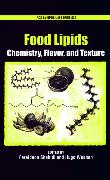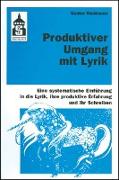Food Lipids: Chemistry, Flavor, and Texture
BücherAngebote / Angebote:
Chemistry, Flavor, and Texture of Lipid-Containing Foods discusses the chemistry and functionality of fat in food sensory perception, and the underlying physicochemical and physiological properties and processes. Fats and oils profoundly affect our sensory perception and appreciation of foods. Fats and oils serve as a source of many flavor compounds, most of which result from oxidation of unsaturated fatty acids. The nose perceives these flavor molecules by chemoreception, and the texture of foods arerelated to their physicochemical characteristics and structure and thus are perceived by mechanoreception. However, the structural and physicochemical characteristics of fats and oils also strongly influence flavor release. Furthermore, recent studies suggest perception of fats and oils may also bemediated by chemoreception in the oral cavity. While fats and oils have beneficial ingredients because of their energy density, we should minimize their intake because obesity is a serious health risk. Additionally, some types of fat have been found to contribute to arteriosclerosis. Therefore, the food industry is particularly interested indeveloping foods that have the sensory and hedonic functionality with less fat.
Folgt in ca. 15 Arbeitstagen




